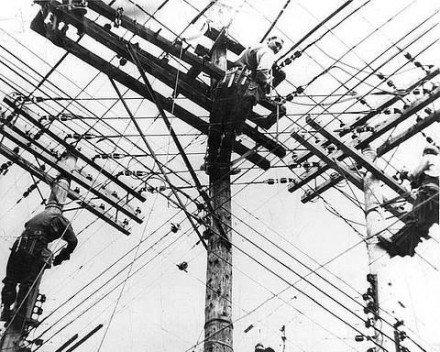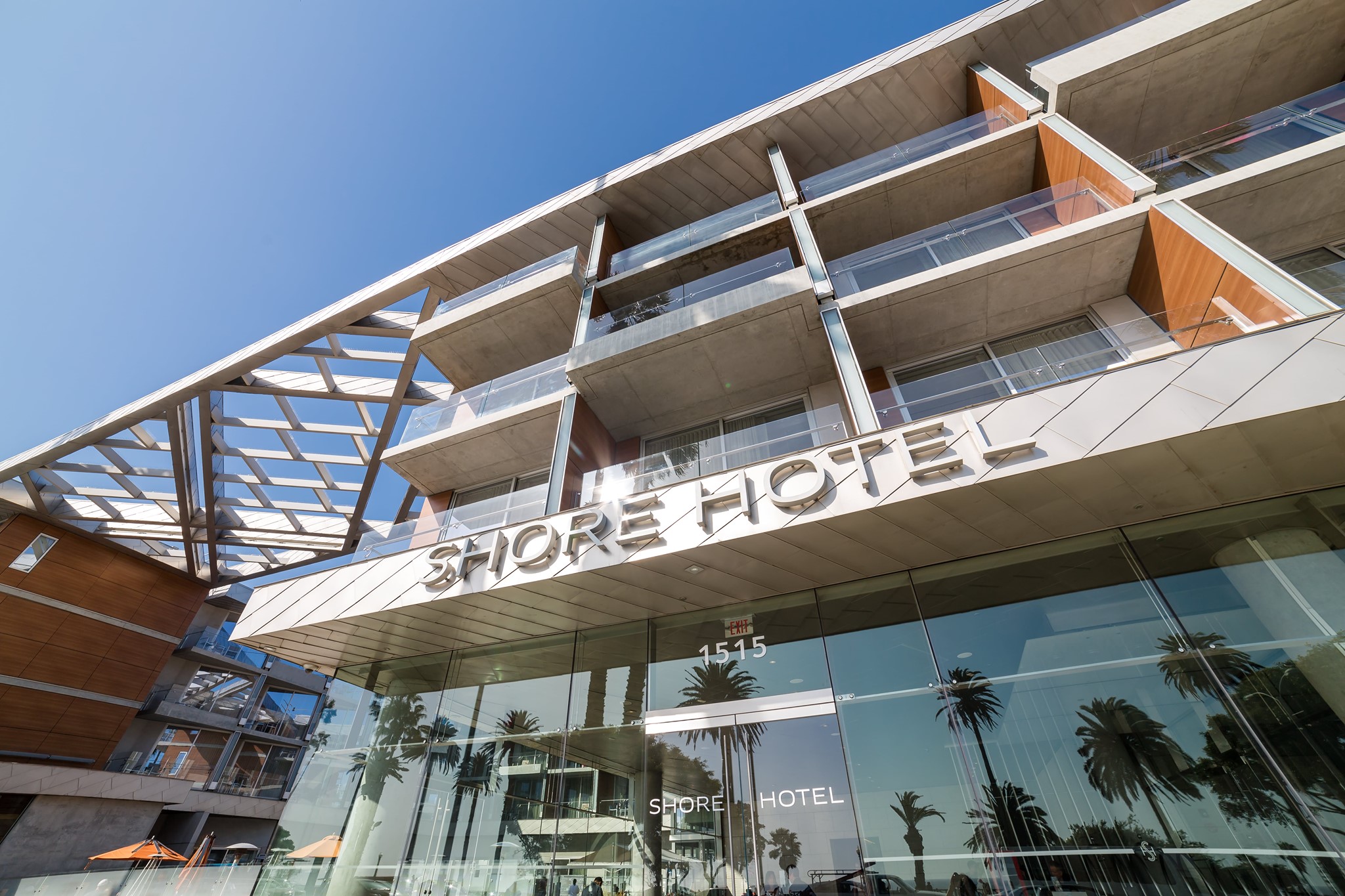
Electrical power is now determining much of modern life from smartphones, to electric toothbrushes, to scooters to cars and beyond the usual lights and air-conditioning. Its generation distribution and consumption is no longer just a question of lifestyle choices but is now shaping the evolution of our City and region.
We are fortunate in Santa Monica that we have a choice to purchase our power from two sources. We can buy our power from SCE which generates their power from a mix of about 50% renewable and 50% fossil fuel sources OR, for slightly more cost, from the Clean Power Alliance (CPA) which is essentially a power brokerage that buys its power from renewable clean power sources such as photovoltaics (PV), windmills, hydroelectric, geothermal, etc.. The CPA then sends this “clean” power to you via the same power lines and transformers that SCE uses.
The advantage of shifting our power sources to almost all renewables is two fold: it reduces our City’s contribution to global warming by reducing the greenhouse gases vented by burning, coal, oil or gas and it also reduces the cancer and asthma among other disease caused by the air pollution spewed by the combustion of those same fuels.
Current Pollution Impacts
While global warming is increasingly cooking our entire society, our polluted air already silently kills a catastrophic number of people each year in the LA basin. Approximately 9000 Californians EACH year die due to air pollution particulate matter (http://publichealth.lacounty.gov/eh/tea/toxicepi/criteriaairpollutants.htm) which corresponds proportionally to about 20 Santa Monicans or about 5 times our typical 4 annual deaths from our automobile accidents. Needless to say residents with pollution weakened respiratory systems are much more vulnerable to respiratory viruses like Covid 19.
Since about 40% of LA’s air pollution comes from tail pipes (https://www.reuters.com/article/us-usa-climatechange-california-insight-idUSKCN1PQ4MJ) even a small shift to electric cars powered by renewable sourced power can save hundreds of lives annually. While we may be the world’s capital of hybrids and Teslas, this is just the beginning of a long path to energy sustainability and resilience.
No free lunch in the dessert
While relying on the CPA is a no brainer for those that can afford the extra cost, there are, however, some notable downsides:
1.Because most of CPA’s power is produced in large desert (where land is cheap) PV collector arrays and windmills or by distant hydroelectrics far from our City where it is actually consumed, we endure unavoidable transmission losses (mostly heat from transmission wires) which makes our entire system less efficient.
2. These large installations also have serious consequences for the local ecology including PV shading which alters the heat balance of the desert, windmills relentlessly massacring migratory birds and butterflies, and other effects on plants and animals (and the scenic quality) where their size disrupts the local ecology.
3. Most of these large installations are located on the East side of the San Andreas Fault. In the event of an inevitable large movement there, we could possibly be cut off from this power source temporarily or for a long time based on how fast the reconstruction progresses. Our society is extremely and increasingly dependent on constant power and any interruption would be catastrophic. This is CPA’s most serious downside.
4. Unlike remote power sources, buildings that generate their power locally, usually but not always from their rooftops, often have a visible meter in the lobby or even in individual units say, where the occupants can, in real time, regularly see how the sun is doing in meeting their power needs. This immediate feedback reminder encourages personal conservation which is a significant variable in the overall power balance. When the renewable sources are far away and visually disconnected from us, we are inclined to forget our personal role and just treat it all wantonly as “free” power since we are told it comes from the wind or the sun.
5. Eventually our expanded demand for sunny deserts and the best desirable windy hills and valleys, which today seems infinite, but are actually finite (remember the oceans too felt infinite till we filled them all with micro plastic) will collide with other cities (San Diego, Phoenix, Las Vegas) and Indian reservations who are also trying to put their City or tribes on a sustainable footing. These solar/wind wars, like water wars in the West will be highly divisive, pricy and unnecessary if we have already shifted our City to locally produced power.
In other words CPA’s large distributed power installations, while a necessary first step, increase our ecological “footprint,” although certainly much less than the current global disastrous ecological “footprint” of the oil industry that generates most of our power and Mid-East conflicts today. By shrinking our ecological footprint to more exactly fit our city, we live within our means which has many ecological, social, health and financial benefits in the regional and worldwide scramble for increasingly scarce resources.
Power self-sufficiency and local density
Eventually that shrinkage means using our buildings themselves to generate power in the City where we consume most of it. In practical terms this means roof top PV solar collectors and a zoning code that prevents or minimizes their shading from neighboring buildings.
With todays technology these collectors can generate all the power needs of a typical 3 story building. However, as PV collectors get more efficient (eg generate more power from the same exposed area) AND as buildings get more efficient (more efficient refrigerators, elevators, air-conditioners etc, etc.) we can increase the height and density of buildings and still live within our “means”. Assuming these technological improvements, I feel that, to make our City sustainable and resilient, our zoning code should have 2 stories in the residential areas, 3 stories along the boulevards and 4 stories in the downtown areas and transit hubs. 4 stories should be considered because their additional demand will shortly be met by improvements already on the horizon in PV collector efficiencies and it gives us greater leverage in reducing urban sprawl.
Naturally future far reaching technological improvements might lift us beyond the 2/3/4 story limits which can always be increased if all the other urban needs (water, open space, fire, police, schools , etc.) can also be met.
Looking Ahead
Finally we will soon need to face the huge problem of night time power storage on an industrial scale. Batteries, flywheels, uphill water pumping, phase change materials , etc., and other new storage technologies will be needed to store all that locally produced sun and wind power for nighttime usage. For the foreseeable future though, we will still need to maintain our fossil fuel infrastructure but can start pruning it by judicious decommissioning as more local renewable sources and our storage capacity increase.
I know these are complex issues but there is a sustainable and resilient path forward to power our City of the future .
By Mario Fonda-Bonardi for S.M.a.r.t Santa Monica Architects for a Responsible Tomorrow
Thane Roberts, Architect, Robert H. Taylor AIA, Ron Goldman FAIA, Architect, Dan Jansenson, Architect, Building and Fire-Life Safety Commission, Samuel Tolkin Architect, Mario Fonda-Bonardi, AIA, Planning Commissioner,
Marc Verville CPA Inactive, Michael Jolly, AIR CRE.
For previous articles see www.santamonicaarch.wordpress.com/writing












